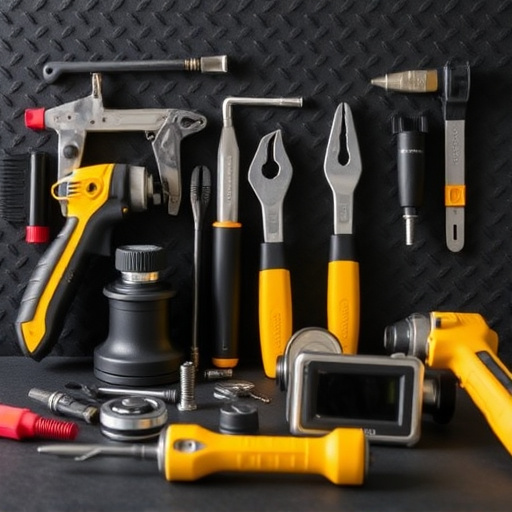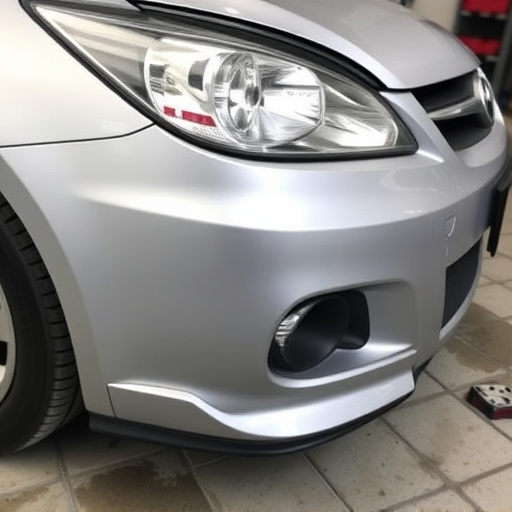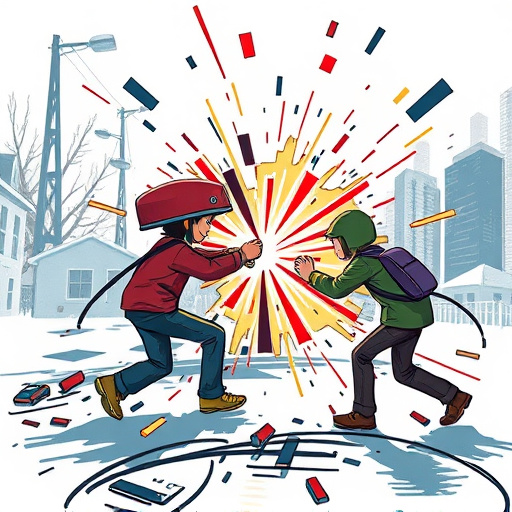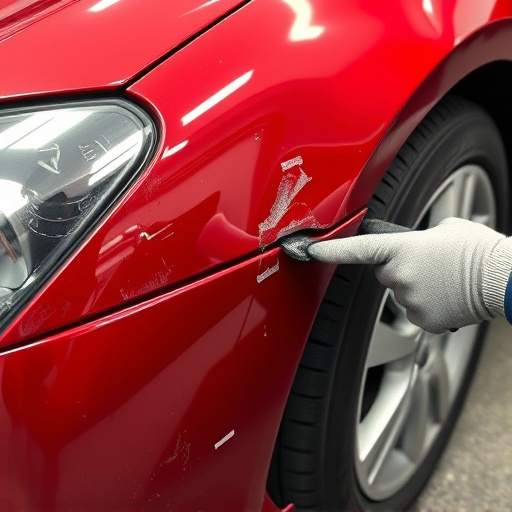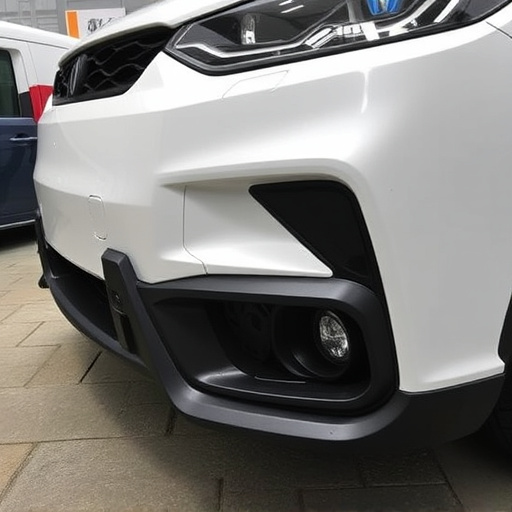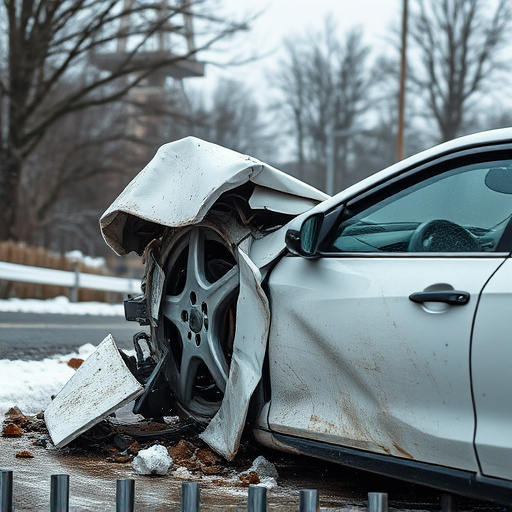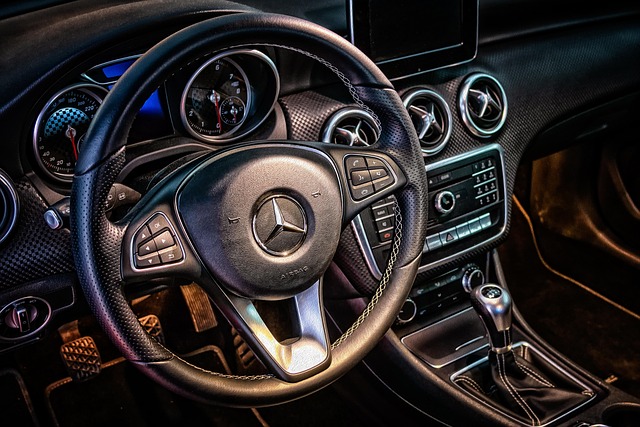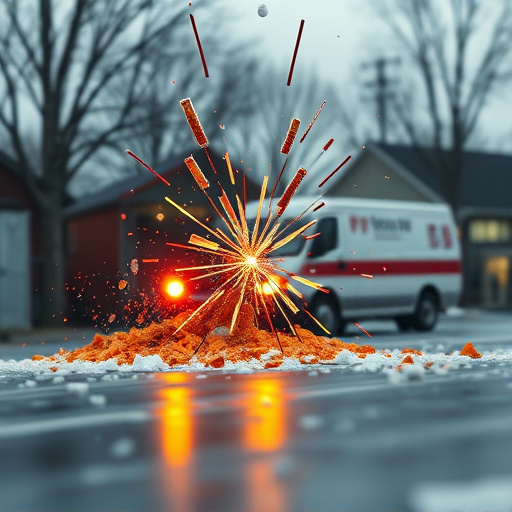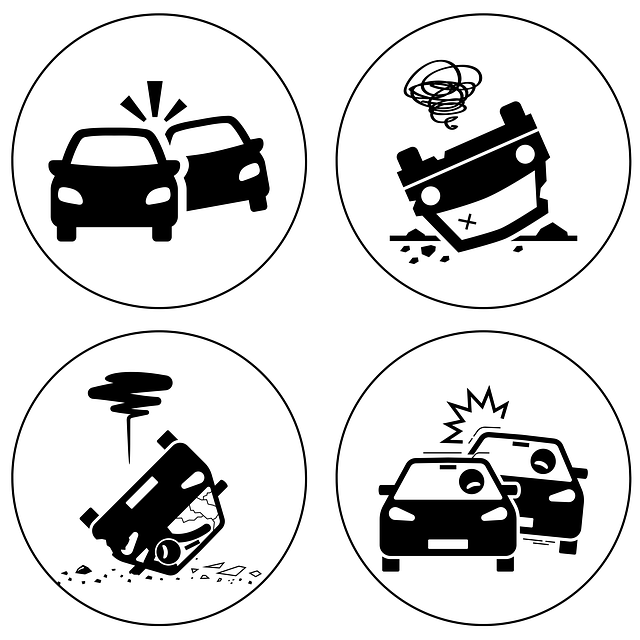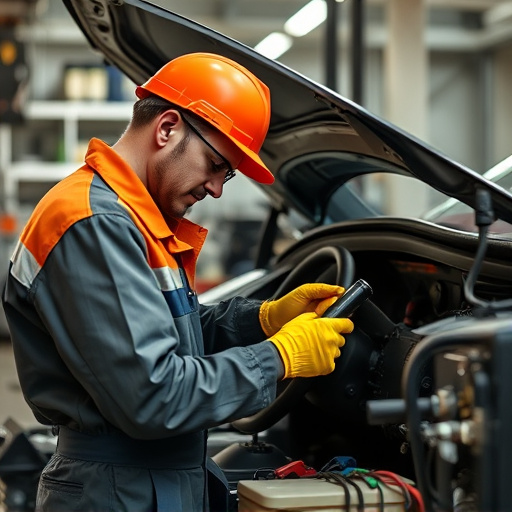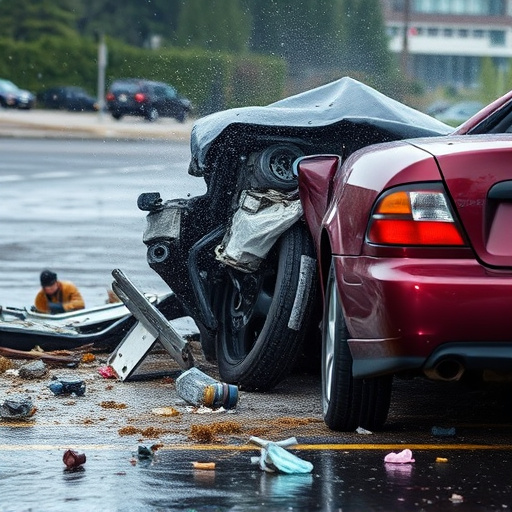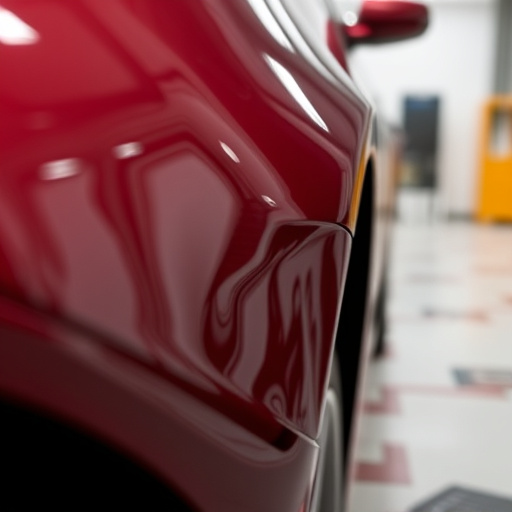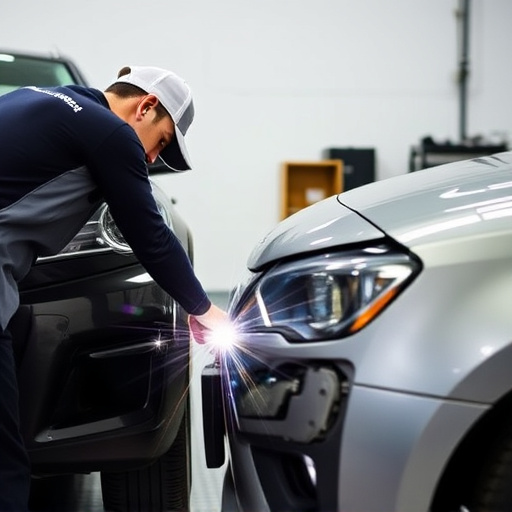The PDR (Paintless Dent Repair) certification has evolved from focusing on paint restoration to covering a wide range of automotive body shop procedures, including scratch repair and dent removal. Technological advancements in virtual reality simulations, digital measurement tools, and software applications streamline operations, ensure precision, and promote environmental sustainability. With growing demand for high-quality, quick, and cost-effective PDR services, skilled technicians must stay updated with new technologies like 3D imaging and virtual consultations to meet changing customer expectations. Globalization presents an opportunity to standardize PDR certification globally, fostering international career prospects and collaborations.
“The landscape of professional development is shifting, and PDR certification is at the forefront of this evolution. As the industry adapts to technological advancements, the role of PDR certification becomes increasingly vital for staying ahead. This article explores the future of PDR certification, delving into its growing significance, the impact of technology, and the challenges & opportunities it presents for professionals. Get ready to navigate the changing landscape with insights that will shape your career.”
- The Evolving Role of PDR Certification in the Industry
- Technological Advancements and Their Impact on PDR Certification
- Challenges and Opportunities for Future PDR Certified Professionals
The Evolving Role of PDR Certification in the Industry
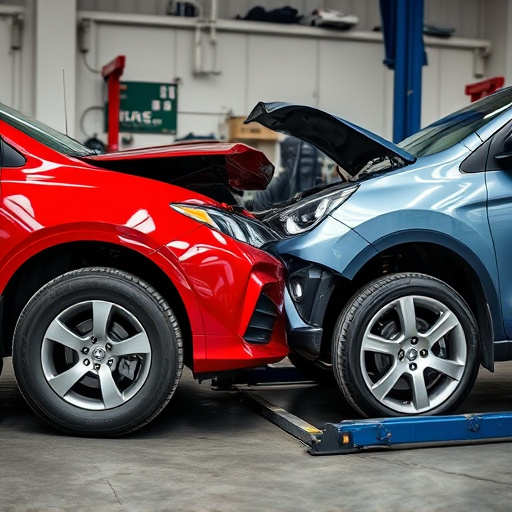
The PDR certification has emerged as a pivotal credential in the automotive industry, undergoing a remarkable transformation over the years. Its initial role was to set standards for professional paint restoration techniques, ensuring quality and consistency across the board. However, with advancements in technology and an increasing demand for precise vehicle restoration, the scope of PDR certification has expanded. Today, it is not just about mastering car scratch repair; it encompasses a wide range of automotive body shop procedures, including minor dent removal, paintless repairs, and even advanced vehicle personalization.
This evolving landscape reflects the industry’s need for skilled professionals capable of handling complex vehicle restoration tasks. As the demand for seamless vehicle aesthetics continues to rise, PDR-certified technicians are in high demand. Their expertise in automotive body shop operations ensures that cars undergoing repair, whether it’s a simple car scratch repair or a full-scale vehicle restoration, are handled with precision and care, contributing to the overall enhancement of the automotive industry’s quality standards.
Technological Advancements and Their Impact on PDR Certification
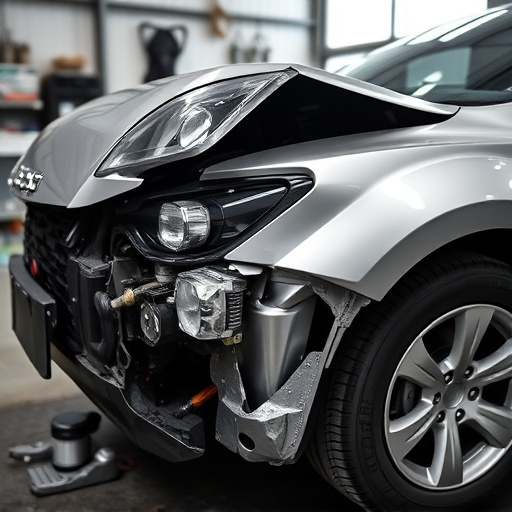
Technological advancements are rapidly reshaping industries worldwide, and the auto repair sector is no exception. As digital tools and innovative solutions continue to emerge, traditional processes like PDR certification (Paintless Dent Repair) are also evolving. The industry is witnessing a shift towards more efficient, cost-effective, and environmentally friendly auto repair services.
Advanced training programs now incorporate virtual reality simulations for hands-on learning, enabling technicians to hone their skills in a safe and controlled environment. Moreover, digital measurement tools and advanced software applications enhance the accuracy of PDR work, ensuring precise repairs that match vehicle manufacturers’ standards. These technological breakthroughs not only streamline operations in vehicle body shops but also contribute to the overall quality and longevity of vehicle restoration projects.
Challenges and Opportunities for Future PDR Certified Professionals
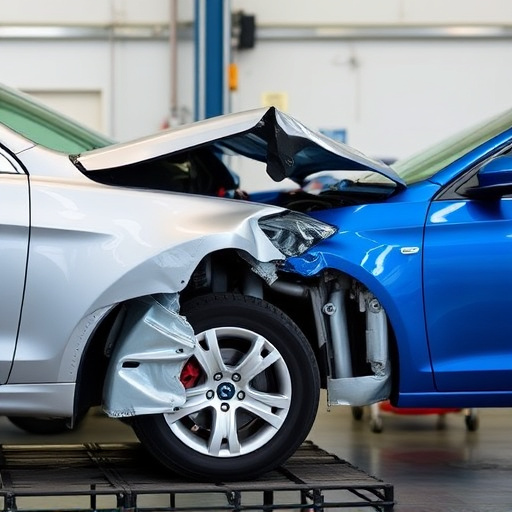
The evolving landscape of the automotive industry presents both challenges and opportunities for future PDR (Paintless Dent Repair) certified professionals. As technology advances, new tools and techniques emerge, allowing for more efficient and precise auto dent repair. However, this progress also demands that practitioners stay updated with the latest trends and methods to remain competitive in the market. With an increasing demand for body shop services and car collision repair, there is a growing need for skilled technicians who can offer high-quality PDR services quickly and cost-effectively.
Future professionals must adapt to changing customer expectations, where convenience, speed, and minimal vehicle damage during repairs are prioritised. They should be prepared to embrace digital tools for accurate measurements, 3D imaging, and virtual consultations. Additionally, as the industry continues to globalise, there is an opportunity to standardise PDR certification processes worldwide, ensuring a consistent level of expertise across borders. This could open doors to international career prospects and foster collaborations in the auto dent repair sector.
As we look ahead, the future of PDR certification promises exciting developments. Technological advancements are streamlining processes, making specialized knowledge more accessible. This evolving landscape presents both challenges and opportunities for professionals. Staying abreast of industry trends will be crucial for those seeking to thrive in this dynamic field. By embracing new tools and fostering continuous learning, future PDR certified professionals can navigate the changing terrain, ensuring they remain at the forefront of their industry.
